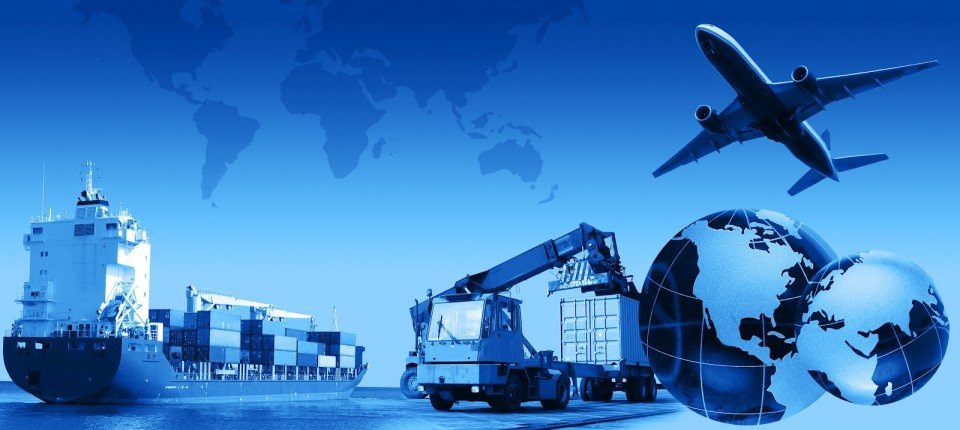With Amazon, a seller can quickly grow their business by exposing their products to millions of customers in Amazon’s international marketplaces.
However, if a seller’s inventory is located in a different country than the Amazon Fulfilment Centre, which is almost always, they will need to ship their products from the source country to the destination country.
In order to do this, sellers need to engage a courier company or a freight forwarder to organise the shipment from manufacturing origin (usually China) to the Amazon warehouses in the US.
Tip – speak to your supplier about shipping. They will usually have solid connections in China and can offer discounted rates.
Amazon Shipping & Packaging Requirements
A lot of suppliers and freight forwarders will already be experienced in shipping Amazon FBA products. They should know how to package and deliver to Amazon’s Fulfilment Centres correctly.
It is always best as a seller to be across these requirements as well. For the complete list of requirements, see here.
Tip – Have the supplier package and wrap the shipment according to Amazon specifications. Also have them apply the FNSKU labels, typically a supplier will do this for free.
Freight terms (Incoterms)
The manufacturer will prepare a product order under one of many freight terms. The most common are:
Ex-Works (EXW): The seller covers the cost for the entire shipment and must arrange transportation all the way from the factory floor in China to the final destination.
Free On Board (FOB): The supplier delivers the cargo to the Port of Loading in China and covers the export clearance and duties. The seller then covers all the costs from that point on.
Many other freight terms exist. See all 11 freight terms here.
Finding a Courier or Freight Forwarder
Couriers are usually the best option for smaller, lighter shipments, while freight forwarders are best for any larger, bulkier shipments (either by air or sea).
Sellers should look carefully to find a courier or forwarder that has plenty of shipping experience, in particular shipping to the US.
An good forwarder will provide useful advice, book all of the shipments, correct any issues and ultimately simplify the whole process.
If your supplier cant help with shipping and doesn’t recommend a good courier or freight forwarder, you will need to personally investigate the options yourself.
A good place to start is with the list Amazon provides here.
Another great company to compare and find freight forwarders is Freightos.
Chinafreight also specialise in Amazon FBA shipments.
Tip – Use product sample shipments as an opportunity to test different shipping companies. It’s a cheap and effective way to observe how well their business operates.
Freight Quotes
In order to get accurate freight quotes, you will need to provide specific information to the forwarders. This includes:
- Buyer and Seller contact details
- Physical addresses for pickup and delivery
- Packing List (from supplier)
- Total weight
- Value of shipment
- Product description (invoice
- Dimensions of every box or pallet
- Commercial Invoice (from supplier)
- Your Tax ID (required to be a Customs “Importer Of Record”).
Before choosing any freight forwarder, ensure they are familiar with shipping to Amazon and their receiving requirements.
Finally, remember every company is different. Some offer better rates via air some better rates via sea. They also offer cheaper rates when the products are packed in specific ways or in certain amounts. DO YOUR RESEARCH.
Cargo Insurance
Insurance is a must, particularly for large shipments. Ensure that your forwarder arranges comprehensive cargo insurance.
The premium is only around 60-70 cents for every $100 of insured cargo.
Remember to divide the total insurance cost by the number of products being shipped to get an accurate insurance figure per unit.
Customs Bond
A Customs Bond is required for any inventory imported into the United States valued at over $2500. A customs bond protects the US government should an importer not pay any duties, penalties, etc.
There are two common types of bonds used most frequently by Amazon sellers: a Single Entry Bond and a Continuous Bond.
Generally, regular shippers are best suited to an annual Continuous Bond, at approx $550 per year. Once off shipments, are better suited to a single entry bond at ($100 minimum) per entry.
Often a freight forwarder arranges customs clearance. However, if shipping regularly the development of an account relationship with customs authorities can be beneficial to speeding up clearance
Amazons Inbound Inventory Procedure
- The seller acts as the exporter of record in the source country and the importer of record in the destination country.
- The seller must comply with all laws and regulations of the source and destination countries.
- Amazon will not be responsible for any customs duties and taxes associated with FBA inventory.
- Any shipments arriving at an Amazon fulfilment centre with customs duty charges due will be returned to sender.
Here is an overview of the process:
- Create listings in Seller Central.
- Prepare a commercial invoice indicating that you are the importer of record.
- Choose a customs broker (this service may be offered by your carrier).
- Ship the products from the factory or warehouse to the port.
- Clear the products through customs for export.
- Load products onto a carrier for transport to the destination port.
- Ship products to the destination port and offload them.
- Clear the products through customs for import.
- Load products onto carrier for transport to fulfilment centre.
For more details on the rules and regulations for in-bounding inventory to an Amazon Fulfilment Center, see here
Also see 4 tips to meet FBA inventory guidelines requirements here


